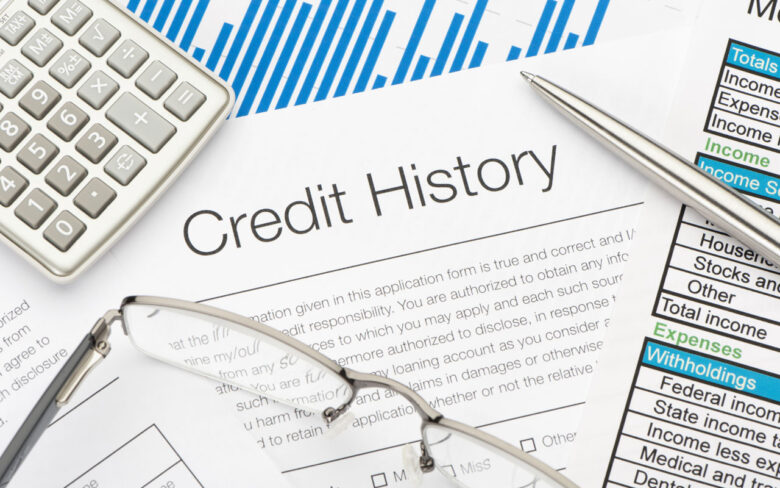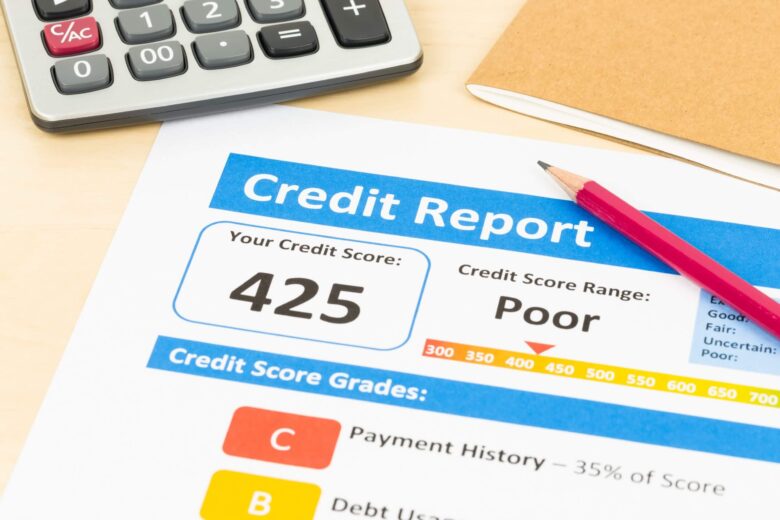Mortgage pre-approval speeds up the home-buying process by confirming your financial capability.
In 2024, 16% of home buyers emphasized its importance in securing home financing.
Understanding pre-approval is key. It involves a thorough assessment of your finances by a lender, who then determines how much you can borrow.
This isn’t just a preliminary check; it’s a detailed analysis that provides a clear picture of your financial standing and borrowing capacity. Here’s a stepwise guide to get your mortgage pre-approved:
Contents
Step 1: Check Your Credit History

Source: kiplinger.com
Your credit score plays a significant role in mortgage approval. A minimum credit score of 600 is required to get pre-approved. To check your credit score, you can get copies of your credit reports from the three major credit bureaus—Equifax, Experian, and TransUnion.
Review these reports for any errors and dispute inaccuracies. Paying off outstanding debts and maintaining low balances on credit cards can boost your score.
Step 2: Calculate Your Debt-to-Income Ratio (DTI)
Lenders use the debt-to-income ratio to assess your ability to manage monthly payments and repay debts. Calculate your DTI by dividing your total monthly debt payments by your gross monthly income. Most lenders require a DTI ratio of 43%.
Step 3: Gather the Necessary Documents

Source: hdfcsales.com
Lenders will need various documents to verify your financial status. These typically include:
- Proof of Income: Pay stubs, W-2 forms, and tax returns.
- Proof of Assets: Bank statements and investment account statements.
- Employment Verification: Recent pay stubs and employer contact information.
- Identification: A government-issued ID, like a driver’s license or passport.
- Other Documentation: Records of any additional income, such as bonuses or alimony.
Having these documents ready can speed up the pre-approval process.
Step 4: Research Lenders
Compare different lenders’ interest rates, loan terms, and fees to find the best deal. Consider using online tools and resources to streamline your research. Many reputable online mortgage lenders offer competitive rates and terms.
Step 5: Submit a Pre-Approval Application
Once you’ve chosen a lender, it’s time to fill out a pre-approval application. This can usually be done online, over the phone, or in person. The application will require detailed information about your income, assets, debts, and credit history.
Step 6: Undergo a Credit Check

After you submit your application, the lender will perform a hard credit check. This inquiry temporarily lowers your credit score by a few points.
Step 7: Receive Your Pre-Approval Letter
If everything works out, the lender will issue a pre-approval letter. This document states the maximum loan amount you’re approved for, the loan type, and the terms. Having this letter boosts your credibility with sellers and real estate agents.
Benefits of Getting Pre-Approved
Getting pre-approved offers several advantages:
- You know how much you can afford, which helps narrow down your home search.
- Sellers take pre-approved buyers more seriously, giving you an edge in negotiations.
- The final loan approval process is faster since much of the work has already been done.
Tips for a Smooth Pre-Approval Process
- Stay Honest: Provide accurate information on your application. Any discrepancies can delay or derail your pre-approval.
- Avoid Major Financial Changes: Don’t make large purchases or change jobs during pre-approval, as this can affect your financial standing.
- Communicate With Your Lender: Stay in touch with your lender throughout the process. Promptly provide any additional information or documentation they request.
Common Mistakes to Avoid
- Skipping the Pre-Approval Step: Some buyers skip pre-approval and go straight to house hunting, only to find they can’t afford the homes they’re interested in.
- Choosing the Wrong Lender: Not comparing lenders can result in higher interest rates and unfavorable loan terms.
Mortgage Types

Source: rbcroyalbank.com
Understanding the different types of mortgages available can significantly impact your home-buying experience.
The two main categories are fixed-rate mortgages and adjustable-rate mortgages (ARMs). A fixed-rate mortgage offers a stable interest rate and monthly payments over the life of the loan, making it a popular choice for those who plan to stay in their home long-term.
On the other hand, ARMs have an interest rate that changes periodically, which can be beneficial if you expect interest rates to decrease or if you plan to sell the home before the adjustable period ends.
Familiarize yourself with these options to determine which best suits your financial situation and long-term goals.
Exploring Government-Backed Loans
Government-backed loans can be advantageous, especially for first-time homebuyers or those with less-than-perfect credit.
Loans such as FHA, VA, and USDA loans offer benefits like lower down payments, reduced interest rates, and more flexible qualification requirements.
FHA loans are ideal for those with lower credit scores, while VA loans offer excellent terms for veterans and active-duty military personnel.
USDA loans are designed for rural homebuyers and often come with no down payment requirement.
Budgeting for Additional Costs
When preparing for pre-approval, it’s crucial to budget for additional costs beyond the mortgage itself. These include closing costs, which can range from 2% to 5% of the loan amount, property taxes, homeowners insurance, and maintenance expenses. Additionally, consider the cost of private mortgage insurance (PMI) if your down payment is less than 20%. Having a comprehensive budget will ensure that you are financially prepared for all aspects of homeownership.
Building a Financial Cushion

Maintaining a financial cushion is essential when preparing for homeownership. Aim to save three to six months’ worth of living expenses in an emergency fund. This fund will provide a safety net in case of unexpected expenses or changes in your financial situation, ensuring you can continue to meet your mortgage obligations without stress.
Bottom Line
Getting pre-approved for a mortgage requires preparation and attention to detail. Keep a check on your credit score, calculate your DTI, gather documents, and research for lenders. Taking these steps clarifies your budget and strengthens your position as a buyer.
Sellers and real estate agents recognize the value of a pre-approval letter, making it an essential part of the home-buying journey.
